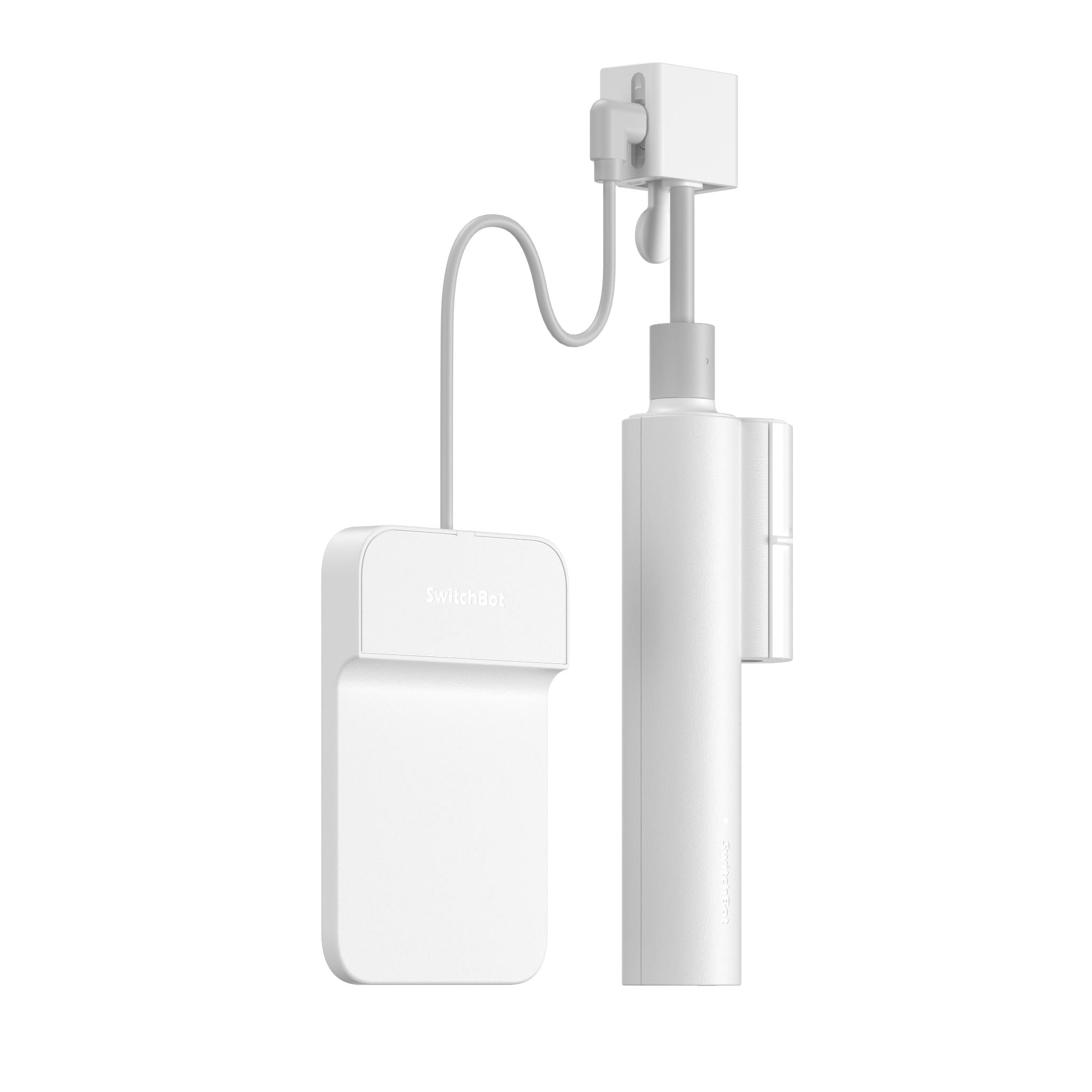Blog Information
- Posted By : Terry Moore
- Posted On : Jul 28, 2024
- Views : 85
- Category : General
- Description : Why More Businesses Are Opting for Automatic Blinds in their Workspaces
Overview
- Automatic Blinds
The Rise of Automatic Blinds
In recent years, there has been a noticeable shift in the way businesses choose to manage natural light in their workspaces. More and more companies are opting for automatic blinds over traditional manual options. But what is driving this trend towards automation?

Enhanced Convenience and Efficiency
One of the primary reasons why businesses are choosing automatic blinds is the convenience they offer. With just a push of a button or a simple voice command, employees can easily adjust the blinds to control the amount of natural light entering the workspace. This level of automation not only saves time but also enhances efficiency in the workplace.
Improved Energy Efficiency
Another key factor driving the adoption of automatic blinds is their contribution to energy efficiency. By automatically adjusting based on the time of day and the amount of sunlight, these blinds help regulate the temperature inside the workspace. This, in turn, reduces the reliance on heating and cooling systems, leading to lower energy consumption and cost savings for businesses.
Enhanced Productivity and Well-being
Studies have shown that exposure to natural light can have a positive impact on employee productivity and well-being. By allowing natural light to enter the workspace while minimizing glare and heat, automatic blinds create a more comfortable and productive environment for employees. This, in turn, can lead to higher job satisfaction and overall performance.
Smart Technology Integration
With the advancement of smart technology, automatic blinds can now be integrated into a company's overall automation system. This means that blinds can be synchronized with other smart devices in the workspace, such as lighting and HVAC systems, to create a seamless and connected environment. This level of integration not only enhances the user experience but also allows for greater customization and control.
In conclusion, the shift towards automatic blinds in workspaces is driven by a combination of factors, including convenience, energy efficiency, productivity, and smart technology integration. As businesses continue to prioritize employee well-being and operational efficiency, it is likely that the demand for automatic blinds will only continue to grow.
References
